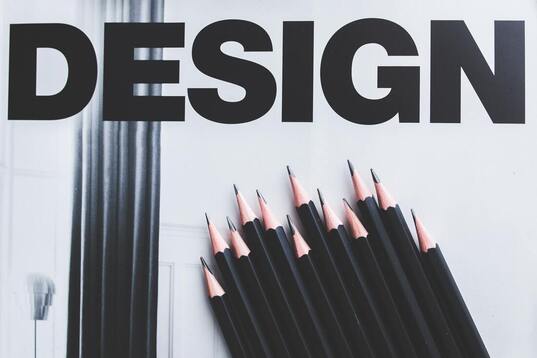|
Despite some unfortunate history, design patent filings have been steadily increasing overtime. Even big tech companies like Samsung, Apple, Microsoft, LG, and Panasonic are getting into the design patent filing game. Further, recent court cases have shown the power of design patents.
If it looks like getting a design patent is in your future or you’d like it to be, keep these design patent key features front of mind: Functionality. Are you trying to protect a functional (rather than ornamental) design? In other words, if you are touting specific functionality of the design during advertising – your design might be functional. If your design represents the “best” design – your design might be functional. If alternative designs would adversely affect function – your design might be functional. If you are concurrently filing utility patents on the same feature(s) – your design might be functional. Getting the idea? Patentability. Is your design new and non-obvious? If you are coming from the utility patent world – I am not necessarily talking about a combination of elements resulting in an obviousness or lack of novelty determination. Design patents are a bit different. Think about the overall visual impression (e.g., airiness, rigidness, suspension, etc.) of the design to be patented and then see if you can find a reference that creates a similar visual impression or a combination of references that create the same overall visual appearance and impression. Get some feels about the design. Application. Can your design (e.g., fabric pattern) be used for or on different articles of manufacture? If so, consider a separate design patent for each article of manufacture. Seems heavy handed but design patents are relatively inexpensive (no maintenance fees but lasts 15 years), and you’ll be happy you did when someone puts your design on a different article of manufacture than the one you patented. In the end, design patents are an awesome addition to a portfolio if they’re the right answer for protecting your innovation and if done correctly. Find a trusted draftsperson for the figures and a knowledgeable practitioner – because in the end, it’s all in the design.
0 Comments
Leave a Reply. |
Ashley Sloat, Ph.D.Startups have a unique set of patent strategy needs - so let this blog be a resource to you as you embark on your patent strategy journey. Archives
July 2024
Categories |


 RSS Feed
RSS Feed